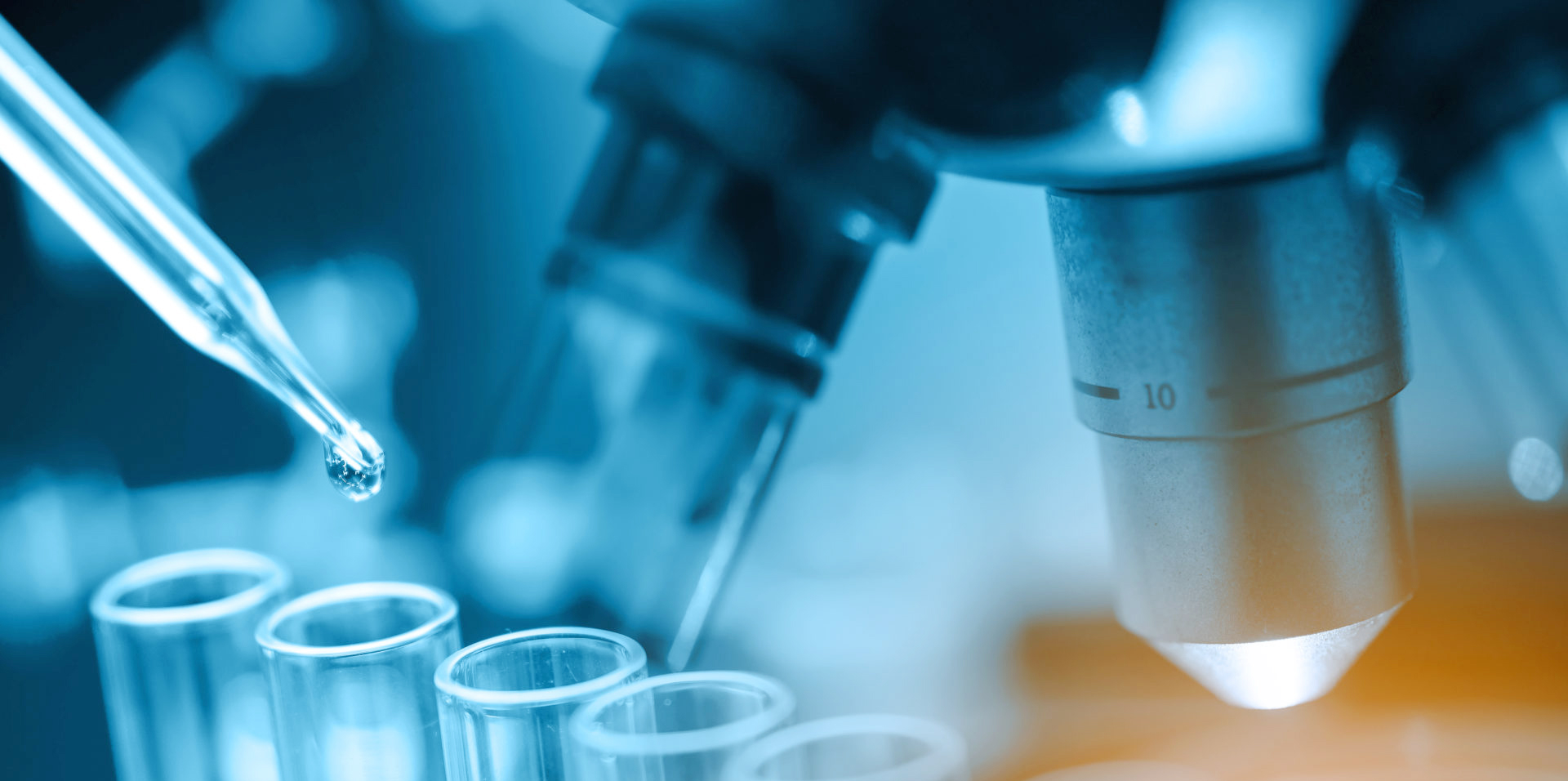
Newsroom
IHB Vice Director Leads Delegation to Lenovo Shanghai Research Institute for Collaborative Research and Exchange

XU Jun, deputy director of IHB, led a delegation to the Lenovo Shanghai Research Institute for a research and exchange visit on January 13, 2025. (Credit: IHB)
On January 13, 2025, XU Jun, deputy director of the Institute of Hydrobiology (IHB) of the Chinese Academy of Sciences (CAS), led a delegation to the Lenovo Shanghai Research Institute for a research and exchange visit. During the visit, the delegation toured Lenovo’s Future Center and learned about the company’s innovative achievements in cutting-edge technology, particularly in AI, computational power, and intelligent hardware platforms. Both sides discussed how AI technology could drive advancements in aquatic biology theory and ecological environmental restoration, exploring pathways for deep collaboration and innovation.
At the meeting, Lenovo Research Institute provided an overview of its research achievements, highlighting advancements in AI, computational support, and intelligent platforms for hardware and space management. A demonstration of Lenovo’s Morningstar robot, which utilizes high-sensitivity sensors to perform stable and efficient automatic inspections, was also showcased.
XU Jun shared IHB’s significant accomplishments in aquatic biology and ecological restoration, especially in the protection of iconic species like the Yangtze finless porpoise and the Chinese white dolphin. He emphasized the institute’s advanced intelligent early warning, sensing, and decision-making systems and expressed hope that Lenovo’s cutting-edge technologies could further support the conservation efforts of aquatic species like whales and dolphins.
During the discussions, MAO Shijie, vice president of Lenovo Group and director of Lenovo Shanghai Research Institute, expressed interest in applying AI visual technology, originally used for human identity recognition and behavior analysis, to the “dolphin face recognition” field. This innovative application would enable precise identification and tracking of individual dolphins, providing valuable data for research on their behavior and migration patterns. The two sides also discussed enhancing collaboration on sonar data analysis, leveraging Lenovo’s advanced data analytics capabilities to provide more accurate and comprehensive monitoring of aquatic species.
Furthermore, the collaboration aims to strengthen support for aquatic biology theory and water ecological management. Lenovo’s generative large model will be used to build a species and community knowledge database, accelerating the pace of research in aquatic biology. The goal is to harness digital technologies to better restore aquatic ecosystems.
Building on previous collaborations with the Wuhan Baiji Conservation Foundation, the three parties expressed their mutual interest in further expanding cooperation in scientific research, conservation, and public welfare. They plan to leverage their respective expertise in driving innovative development in technology and dolphin protection, making a positive contribution to global environmental conservation.